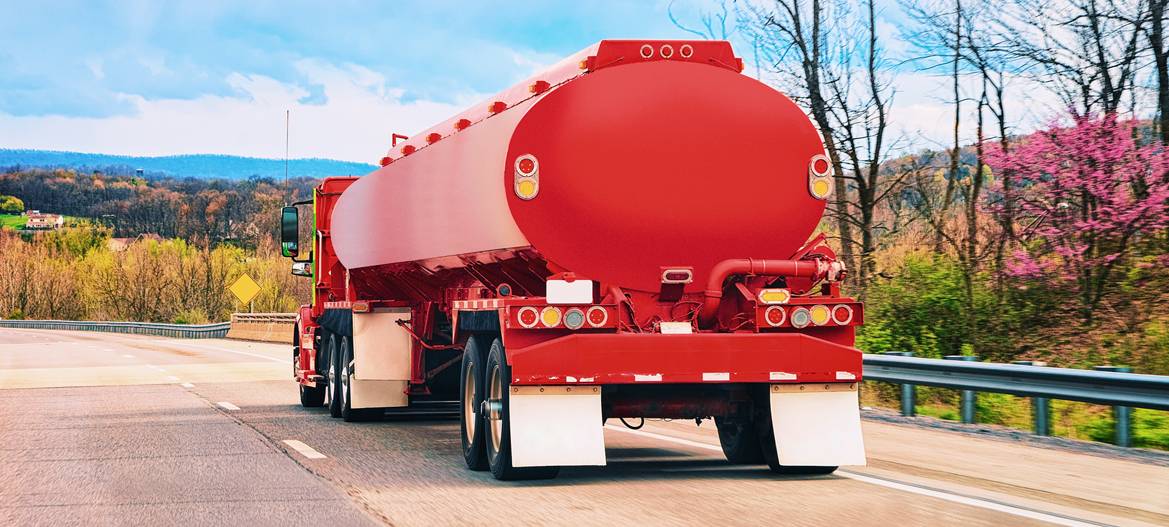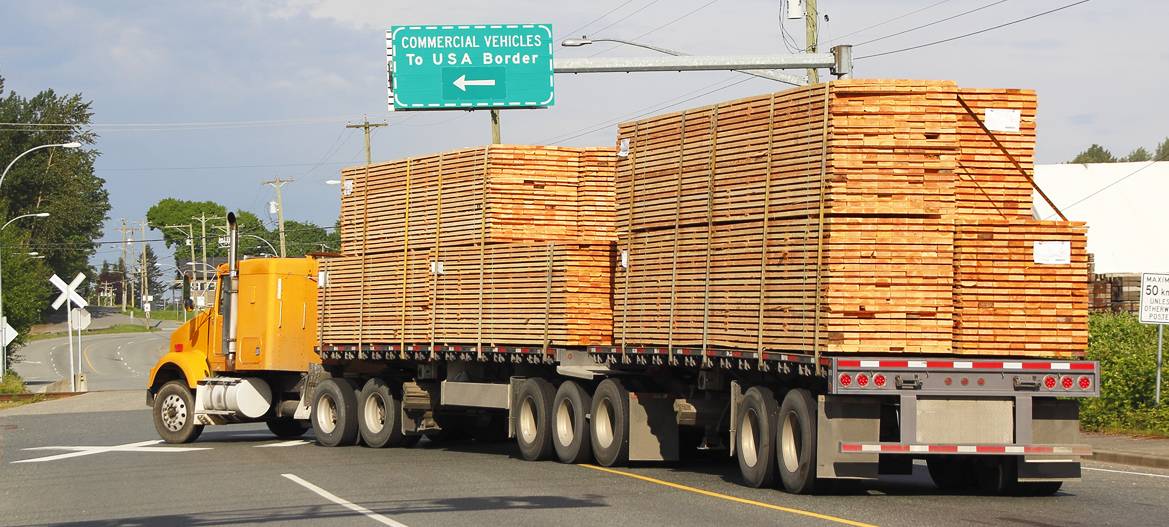

Differences Between Cargo Insurance In The US vs. Mexico
04.29.2022
6 Differences Between Cargo Insurance In The US vs Mexico
Cargo insurance is a critical consideration for any trucking business. Complying with relevant regulations can protect you from fines and preserve your ability to operate your trucks. Plus, having the right trucking insurance can protect you and your drivers in the event of an accident.
Insurance can be a little confusing, however, if you operate trucks on both sides of the U.S. / Mexico border, because of significant differences in cargo insurance between the two countries. Here is a look at 6 of the most important differences between cargo insurance in the U.S. vs. Mexico.
1. Liability insurance is more lenient in Mexico.
In the United States, liability insurance for trucking companies is carefully regulated. In Mexico, however, the environment surrounding liability insurance is more lenient.
For example, in the United States, liability insurance is required for anyone wishing to transport cargo within the country. In addition, regulations determine specific minimum amounts of liability insurance for carriers.
In Mexico, however, liability insurance is not required for trucking companies who carry cargo within the country. In addition, Mexican trucking companies are only liable for the damage they cause through negligence. That can reduce their overall liability in the event of an accident or incident.
These more lenient laws mean that Mexican carriers who cross into the United States should be aware of potential insurance changes they will need to make to be in compliance with United States laws.
2. Liability amounts are much lower in Mexico.
While you have many types of trucking insurance from which to choose, the Federal Motor Carrier Safety Administration and the DOT require trucking companies to carry a minimum amount of liability insurance on each of their trucks to cover damage caused by accidents at which the driver is at fault.
In the United States, these amounts are quite high, reflecting the value of the cargo trucks transport and the amount of potential damage they can cause.
The exact amounts vary depending upon the type of truck, the type of cargo, whether your truck crosses state lines, and so forth. However, in general, your trucks should carry at least $100,000 worth of liability protection, and may need to carry as much as $5,000,000 for carriers of hazardous materials.
In Mexico, on the other hand, coverage requirements are significantly lower. For many shipments, liability is only 15 minimum wage payments per ton, which translates to $1,250 USD for 20 tons of cargo.

3. Trucks that cross the U.S./Mexico border must meet country requirements.
These differences in required insurance are most relevant when a truck crosses the border between Mexico and the United States. Currently, one of the requirements these trucks must meet is to have a DOT number (US DOT application form). Part of getting a DOT number is showing proof that the truck has sufficient liability coverage for the load they are carrying.
As a result, trucks moving from Mexico to the United States should obtain liability insurance that covers the U.S. requirements. This means that you may need to dramatically increase the amount of coverage you obtain on trucks that were previously operating solely in Mexico. While a large financial investment, this step can ensure your ability to operate in the United States, and provide peace of mind in the event of an incident.
4. Declared cargo values can increase the liability insurance required in Mexico.
In the United States, liability coverages are relatively uniform. For example, non-hazardous freight has a minimum liability requirement of $300,000 or $750,000 depending upon the size of the truck carrying the cargo.
In Mexico, there is more flexibility in the amount of liability coverage a carrier may be responsible for. Cargo with an undeclared value carries a liability minimum of about $,.07 per pound. However, if the shipper declares the value of the cargo, the carrier is responsible for the entire declared amount. As a result, carriers may want to obtain insurance for the full value of the cargo they carry in order to ensure maximum protection in the event of an accident or loss.
5. Shipping over borders carries risks.
When you only transport cargo through the United States, or only transport cargo through Mexico, you face lower risks than when you choose to take your cargo across the border. International shipping can increase your risk of encountering problems and losses. These risks include the following:
- Natural disasters
- Cargo thefts
- Accidents
In order to protect yourself in the event of a negative outcome during your cross-border shipment, you will need to make sure that you carry sufficient insurance. An experienced trucking insurance agency like RoadMasters Insurance can help by providing you with personalized service and insights into the types and amounts of coverage you need for your specific circumstances.
6. Cargo insurance between Mexico and the United States can be complicated.
Understanding and navigating cargo insurance considerations for travel between the United States and Mexico can be complicated, regardless of whether your business is headquartered in the United States and Mexico. From navigating the countries’ varying documentation requirements to figuring out how much insurance you really need, the process is best navigated with the assistance of an experienced trucking insurance agent like RoadMasters Insurance.
Our experienced agents can provide the personalized support you need to find, and obtain, exactly the right coverage to give you peace of mind, no matter where your trucks travel. With free quotes, coverage in as little as 24 hours, and competitive rates, we have what it takes to manage trucking insurance across borders. Contact us today for your free quote!




